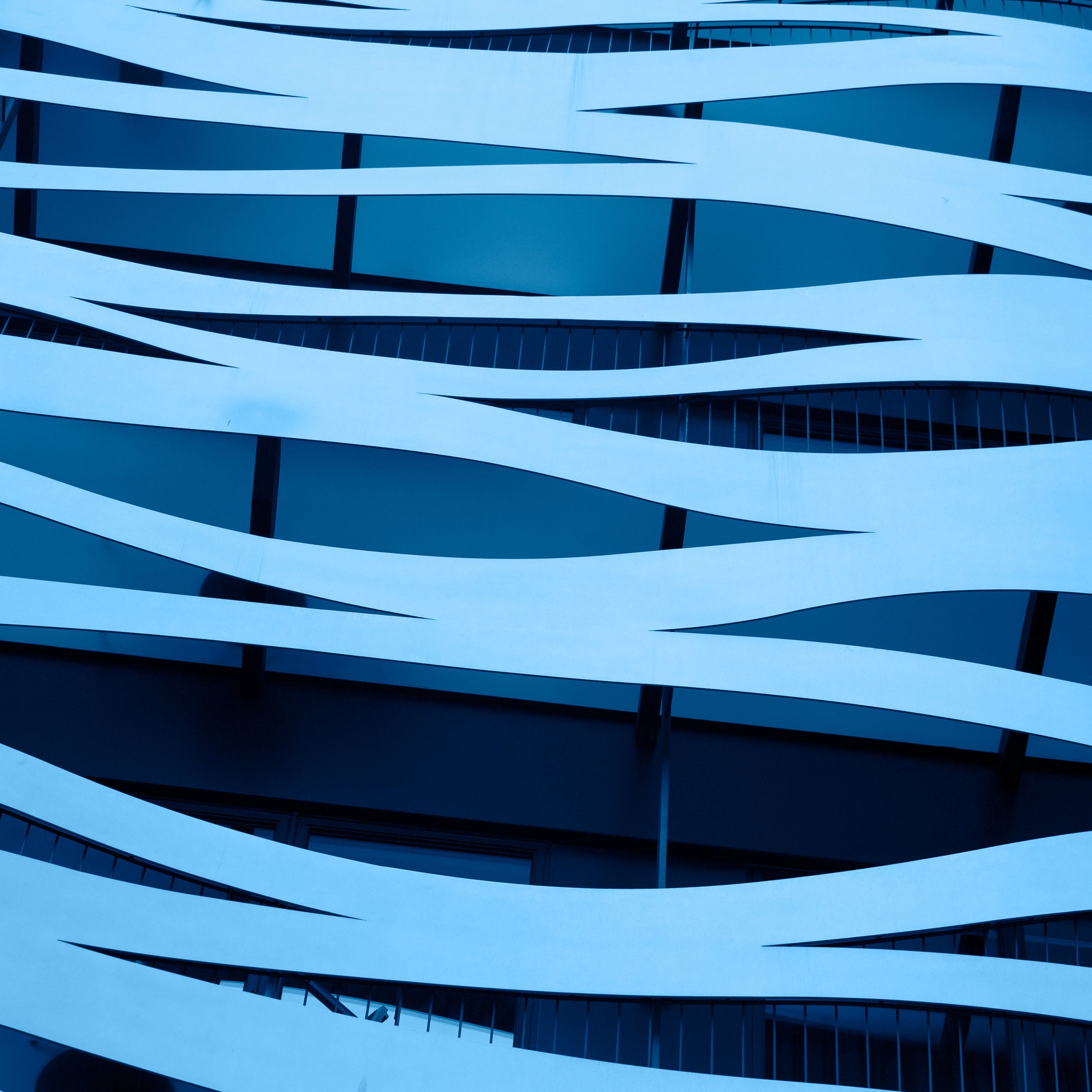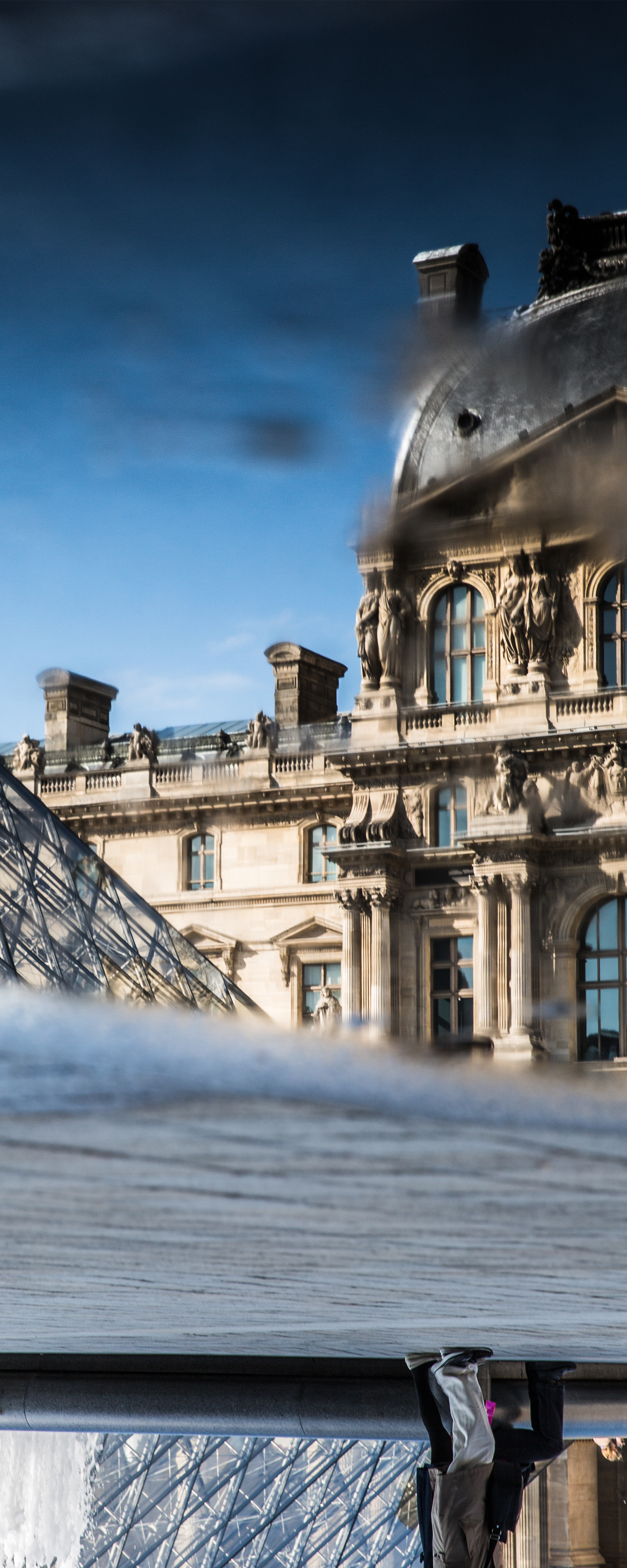Urban photographer shows us how he gets unusual images of unfamiliar places
Explore unique insights in unfamiliar cities with Sergio Castiglione’s artistic take on urban spaces


Award-winning Argentinian photographer Sergio Castiglione has visited cities all over the world, capturing architectural and urban images. A qualified architect, his understanding of urban structures and visual components translates to his work.
What skills have you developed to adapt quickly to new environments?
Ever since I got my degree as an architect, more than 30 years ago, I have not stopped travelling. Partly it was for pleasure or vacation and, at other times, it was for work or studies. With that experience, I have developed the ability to easily adapt to the idiosyncrasies and the way of life in each city I visit. From Oslo, Marrakesh and Cape Town to Venice, Rio de Janeiro, Dubai or Istanbul, upon arrival in the city, I try to find the spirit and energy that guides it. The most exciting part about my job is searching for the ‘soul’ of each city. Not only what makes interesting images, but also its smells and its street sounds.
How do you explore new concepts in photography?
I work as an archaeologist of time – studying the moments of the day and valuing them as aesthetic elements that could lead to a refinement of the power of observation. I start with the idea that a city cannot be fully seen if it is separated from the passage of time. In my project called ‘segMOments: Effigies of Time’, I proposed a reflection on the city and the current ways of contemplating it. This is a contemporary portrait of the city that does not show a static profile, but that acquires dynamism and allows us to see a different picture from second to second.
Space and time are formal axes of this photographic production, to which I include an architectural and urban perspective. I question myself and also the viewer about how a city should be observed, what would be the correct way? Under the sunlight?
At night? Or is it through a combination of all ways? It is a continuous project I’ve been working on for the past eight years and I have already photographed 35 cities in more than 20 countries.


What advice would you give to stop photographers from being visually overwhelmed by their first impressions of an unknown city?
First of all, do it alone and have plenty of time to avoid external pressure. Contain your anxiety and walk aimlessly – let the city surprise you with what it has to show.
Reflections have always been an expressive element in both art and photography. What do you think that fascination is all about and how do you involve reflections in your work?
I believe that cities are actually mirrors in themselves and I start from this premise in my work. What do we see when we look at a strange city? What do we actually see when we walk through the streets? Is there another way to grasp things? My aim is to show the city from an atypical perspective – to show things that we see every day but never really pay attention to.
When travelling around cities, we normally perceive the urban space that is at the same level as our eyes, or even lower. We rarely look up, but by not doing so, we lose the chance to create new perspectives that have the potential to be unique. I want to show and explore the city that is above us and, strangely, one of the best ways I found that I could do that was by looking down.
Sometimes you have to try contradictory approaches to achieve your visual goal in a new way. In my work ‘Urban Mirrors’, I decided to capture the image of significant buildings through reflections on water surfaces. The resulting images show a perspective of the urban area that we would otherwise never be able to discover. It is an interplay of both visual and contextual aspects that interact in an inspiring way.
The best camera deals, reviews, product advice, and unmissable photography news, direct to your inbox!


What are the most difficult technical challenges when capturing photographs?
In one shoot, I took the same panoramic photograph over several hours so I could later compose a single work from multiple shots. In this case, my most difficult challenge was to anticipate nature. Also, when I was in New York, I wanted to take a shot of the sun setting between two towers. It was my last night in the city, which meant I only had one chance to get the shot right. Fortunately, with the help of my phone’s compass, I was able to position myself in the right place and take the exact shot I had in mind.
Breaking out of familiar creative patterns can be difficult. What are your tips for bringing in new perspectives?
I consider myself quite anti-routine. That helps in my work as a photographer to avoid common places and escape from my comfort zone. For me, photography is more like a game. When I am with my camera, I once again become that child who began to take his first photos with the Kodak Instamatic with film cartridge that my father gave me when I was 10 years old.


Get the best magazine for enthusiast and pro photographers delivered to your door or device with a subscription to Digital Photographer. Learn the hottest photo trends and techniques while getting essential advice on earning cash from your photography.
Digital Photographer is the ultimate monthly photography magazine for enthusiasts and pros in today’s digital marketplace.
Every issue readers are treated to interviews with leading expert photographers, cutting-edge imagery, practical shooting advice and the very latest high-end digital news and equipment reviews. The team includes seasoned journalists and passionate photographers such as the Editor Peter Fenech, who are well positioned to bring you authoritative reviews and tutorials on cameras, lenses, lighting, gimbals and more.
Whether you’re a part-time amateur or a full-time pro, Digital Photographer aims to challenge, motivate and inspire you to take your best shot and get the most out of your kit, whether you’re a hobbyist or a seasoned shooter.


